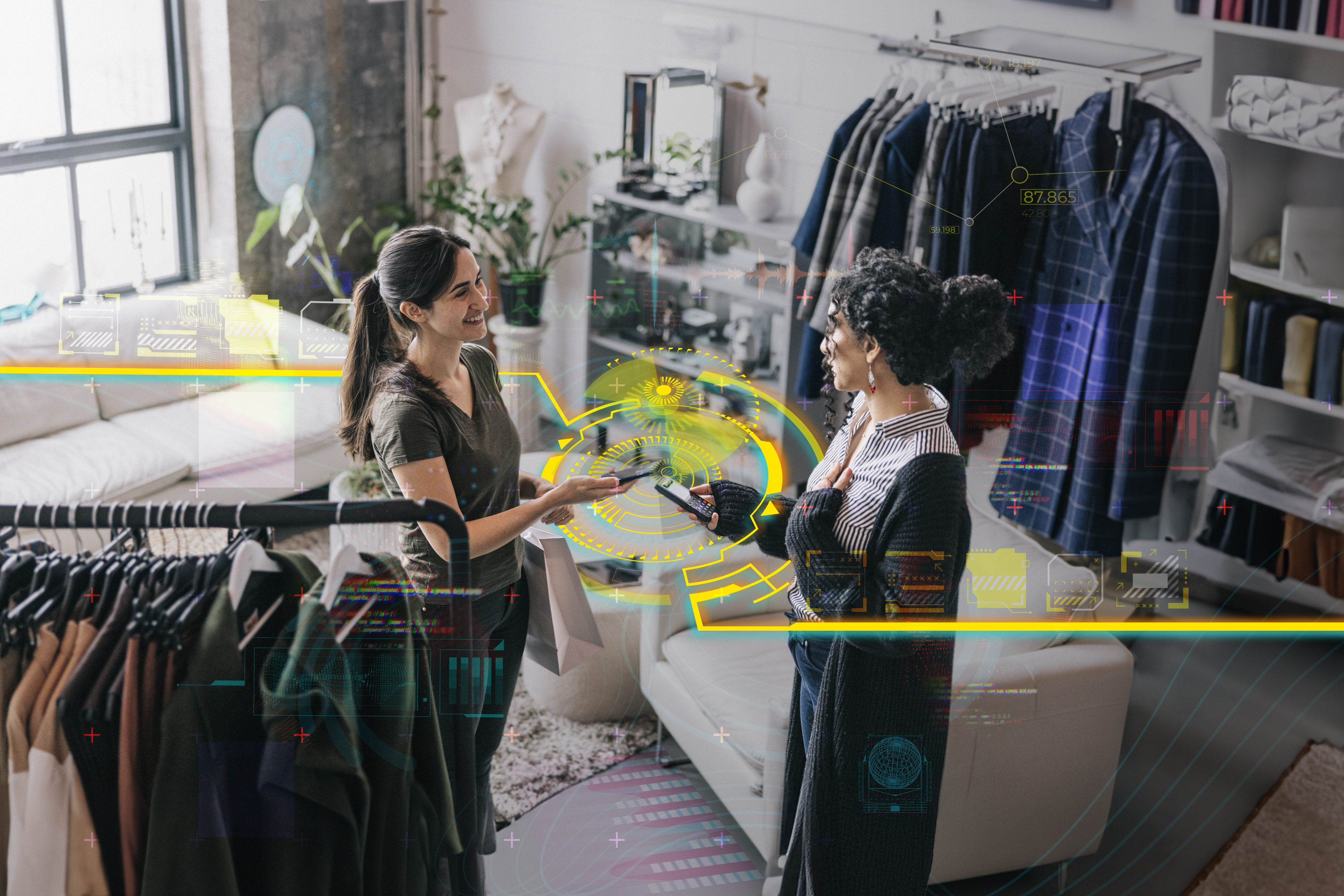EY refers to the global organization, and may refer to one or more, of the member firms of Ernst & Young Global Limited, each of which is a separate legal entity. Ernst & Young Global Limited, a UK company limited by guarantee, does not provide services to clients.
How EY can help
-
Revenue growth management consulting helps consumer goods companies transform pricing and trade promotion to deliver strategic sales growth. Find out how.
Read more
For many consumers, the switch to private label was a way of saving money in a time of rising prices. Now it’s become a habit — across all income bands, consumers are embracing private label, finding that these less expensive alternatives are satisfying needs just as well as their branded alternatives.
This change in consumer behavior means CPG companies are losing some of their traditional advantages, while retailers are trying hard to capitalize on the opportunity. Retailers are promoting private label aggressively — with eye-level shelving and front-of-store placements — and increasing the range of products they offer. Instead of just emulating branded products at a lesser price, they’re offering a range of product options with differing price points and analyzing their point-of-sale data to identify early trends. It means they can respond to buying behavior in real time, something CPG companies are not able to do. The closer they get to the consumer, the more power they have to curate buying choices, and the more they can drive lasting loyalty.
These strategies are playing out as consumers are increasingly brand agnostic. Younger generations in particular love hunting for low-cost alternatives to high profile brands, and then celebrating their discoveries on social media. The rise of “dupe culture” has made bargain hunting fashionable.
The influence brands have is weakening, compounded by the negative backlash as some brand owners raise prices and/or shrink pack sizes to maintain profits. Although price and shrink are tried and tested growth levers, consumers today have access to far more choice. They’re becoming increasingly savvy about alternatives to higher-priced brands, learning about them through social influencers and other digital channels. Brands are increasingly struggling to innovate in ways that differentiate their products and drive category growth.
Driving relevance with tomorrow’s consumer
Most CPG companies continue to focus now on volume recovery. Efforts to simplify the portfolio and drive down costs are important, but this must happen alongside innovation and marketing — they need to keep their brands inside the consumer’s circle of trust in order to maintain their margins and fund their growth agendas.
For retailers, better data analytics capabilities will help them target and reach consumers. They can use retail media and loyalty programs to incentivize private label purchases and create alternative revenue streams by promoting their partner brands. CP companies will need to take a balanced approach promoting their brands to meet today’s goals, while also pursuing ways to keep these new consumers and earn their loyalty. Innovative new products that are differentiated from private label and that consumers find valuable will be key.
This creates a dynamic relationship between retail and CP companies, which will become increasingly important to the success of both. But retailers can win on both sides of the balance — they can compete using private label, while partnering to help brands sell more effectively.





